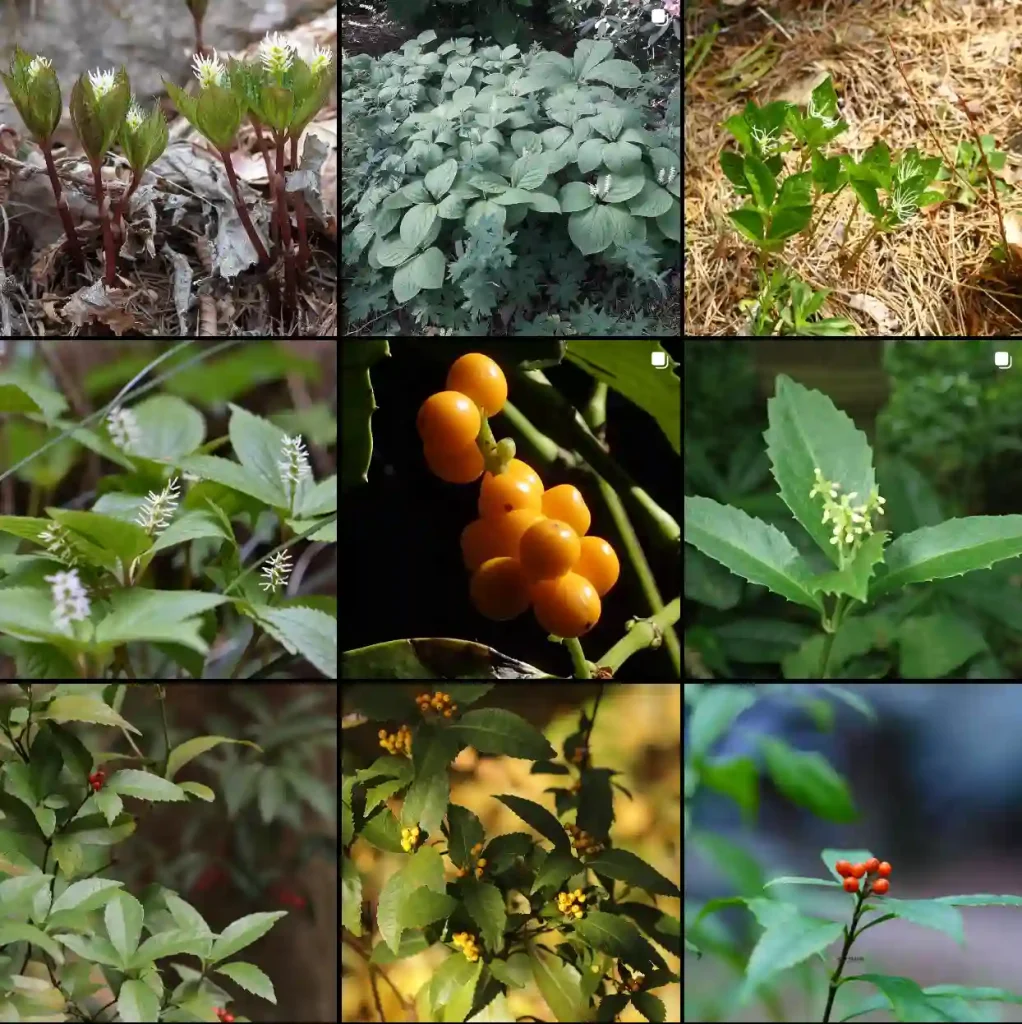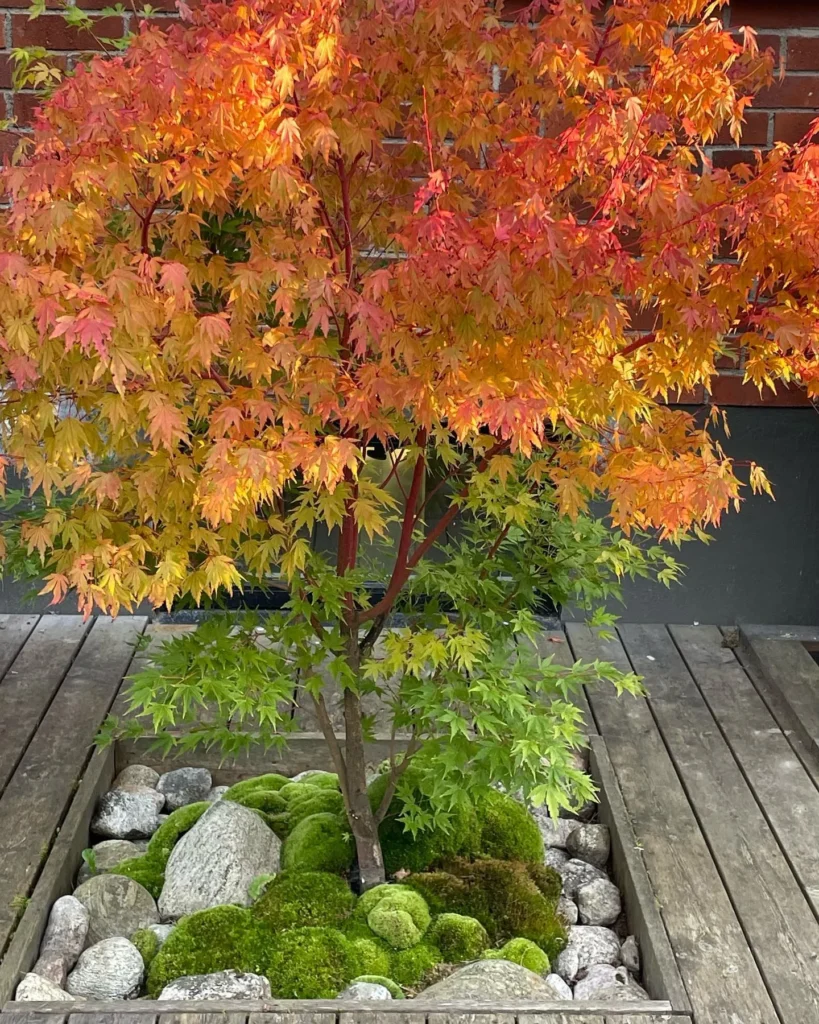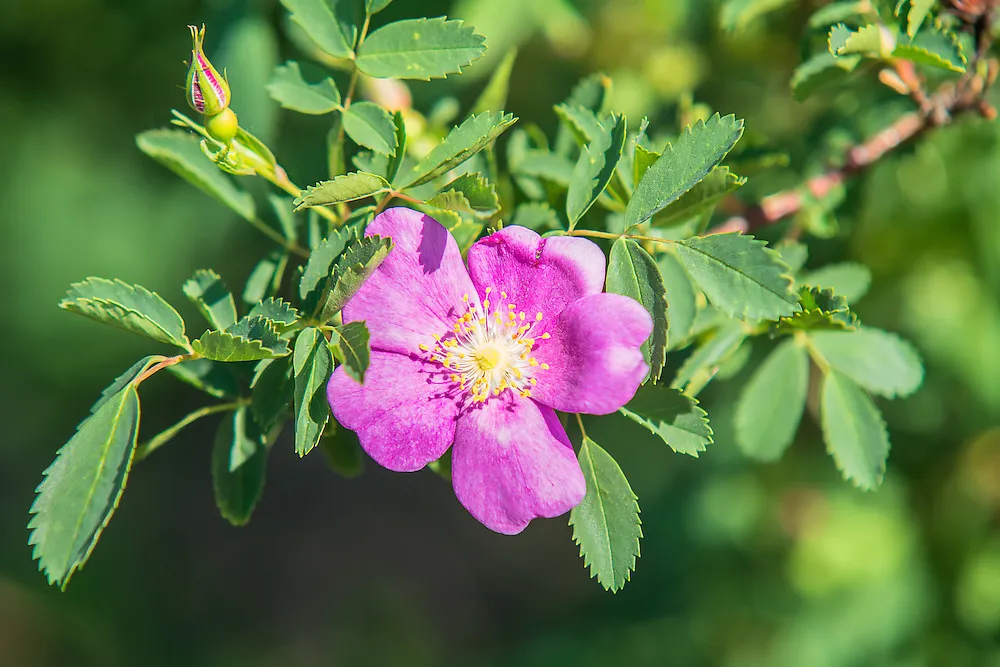FAQs About Yucca Rupicola
Yucca Rupicola, also known as the Twistleaf Yucca, is a fascinating plant with its unique characteristics and ease of care. Over time, I’ve come to appreciate its resilient nature and how it stands out in any garden. Whether you’re considering adding one to your landscape or already have one, these frequently asked questions can help guide you in understanding and caring for Yucca Rupicola.
54 Species in Genus Yucca
What is Yucca Rupicola?
Yucca Rupicola is a perennial succulent native to Texas and parts of northern Mexico. It’s commonly called the Twistleaf Yucca due to its long, twisted leaves. The plant has a rosette growth pattern and can reach up to two feet in height. Its pale green leaves are distinctive, and in late spring, it produces tall spikes of creamy white flowers. It’s well adapted to dry, rocky soils and thrives in harsh environments, making it a fantastic low-maintenance choice for xeriscaping or desert-style gardens.
How to Care for Yucca Rupicola?
Caring for Yucca Rupicola is simple, which is one reason I love having it in my garden. This plant thrives on neglect, making it perfect for anyone who doesn’t have the time for high-maintenance plants.
- Light: Yucca Rupicola loves full sun. While it can tolerate partial shade, it will grow best when exposed to at least six hours of direct sunlight per day.
- Soil: Well-drained soil is essential. Yucca Rupicola does well in sandy or rocky soils, typical of its native habitat. Ensure the soil drains well, as standing water can lead to root rot.
- Watering: It’s drought-tolerant, so watering should be infrequent. In the summer, I give mine a deep watering once every two to three weeks. During winter, you can reduce watering further or even let nature take its course.
- Temperature: As a plant adapted to hot climates, Yucca Rupicola can handle high temperatures and drought conditions. It’s also frost-resistant, though extreme cold over long periods may damage it.
- Fertilization: This yucca doesn’t need much in terms of nutrients. If you want to give it a boost, a slow-release, low-nitrogen fertilizer applied in the spring should suffice.
How to Propagate Yucca Rupicola?
Propagating Yucca Rupicola can be done through offsets or seeds, but in my experience, using offsets is the quicker and more reliable method.
- Offsets: Yucca Rupicola often produces small “pups” at the base of the plant. When these pups are a few inches tall, they can be carefully removed and replanted in a similar environment. Be sure to let the cut surface dry for a day or two to avoid rot before replanting.
- Seeds: While growing from seeds is possible, it takes longer. You can collect seeds from the plant’s flowers after they bloom. Once the seeds have dried, sow them in a well-draining potting mix. Germination may take several weeks, and seedlings should be grown indoors before transplanting them to the garden.
What to Plant with Yucca Rupicola?
Yucca Rupicola pairs well with other drought-tolerant plants. In my garden, I’ve combined it with:
- Agave species: Both plants share a love for dry, well-draining soils and full sun, creating a beautiful textural contrast.
- Sedum and other succulents: The compact size of Sedum works great around the base of Yucca Rupicola, softening its sharp appearance.
- Cacti: These plants, with their bold forms, create an interesting architectural statement alongside Yucca Rupicola.
Is Yucca Rupicola Toxic?
Yes, Yucca Rupicola contains saponins, which are toxic to both humans and animals if ingested. While I’ve never had an issue, it’s essential to be mindful if you have pets or small children who might chew on the leaves. Symptoms of ingestion include vomiting, diarrhea, and lethargy in pets. Always contact a veterinarian or healthcare provider if you suspect poisoning.
Common Problems with Yucca Rupicola
Even though Yucca Rupicola is hardy, it can still face a few common issues. Here are a couple of things I’ve dealt with over the years:
- Root rot: This is the most common issue, usually caused by overwatering or poor drainage. Ensure your plant’s soil drains properly and avoid overwatering.
- Pests: While relatively pest-resistant, Yucca Rupicola can occasionally attract scale insects or spider mites. A quick rinse with water or insecticidal soap can help control the problem.
Benefits of Growing Yucca Rupicola
Beyond its beauty and resilience, Yucca Rupicola offers several benefits:
- Drought tolerance: In hot, dry climates, this plant is a lifesaver. It requires minimal water, making it an eco-friendly choice for water conservation.
- Low maintenance: Once established, Yucca Rupicola thrives with little attention. It’s perfect for those of us who prefer plants that don’t demand much care.
- Wildlife attraction: The flowers of Yucca Rupicola attract pollinators like bees and hummingbirds, adding life and movement to your garden.
Compare Yucca Rupicola with Other Similar Yuccas
Sometimes, people confuse Yucca Rupicola with other Yucca species like Yucca Gloriosa or Yucca Filamentosa. While these plants share some similarities, there are clear differences:
- Yucca Gloriosa: This species is taller, with stiff, sword-like leaves and grows larger flower spikes. It’s also more salt-tolerant, making it a better option for coastal gardens.
- Yucca Filamentosa: Known as Adam’s Needle, this yucca has narrower, less twisted leaves than Yucca Rupicola and is often used in more temperate climates.
Conclusion
Yucca Rupicola is one of my favorite low-maintenance plants, thanks to its striking appearance, toughness, and ability to thrive in difficult conditions. Whether you’re an experienced gardener or just getting started, this plant is a fantastic addition to any garden with dry, well-drained soil and plenty of sunlight. Its resilience and low upkeep requirements make it a perfect choice for anyone looking for a bold yet easy-to-care-for plant.
If i die, water my plants!



